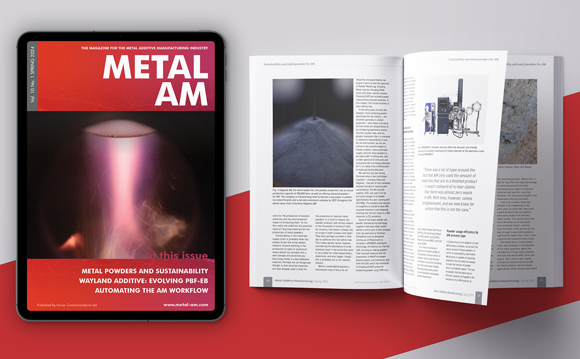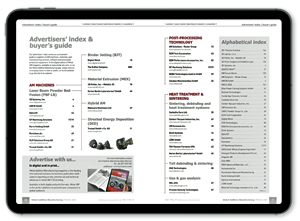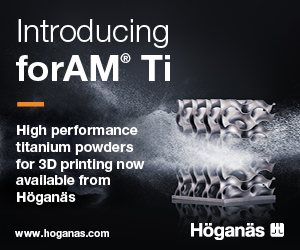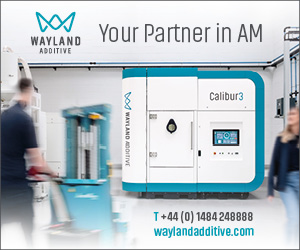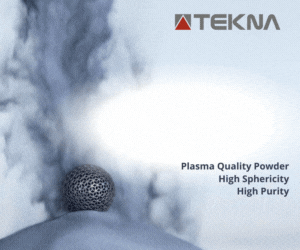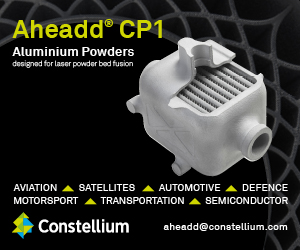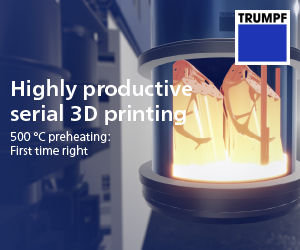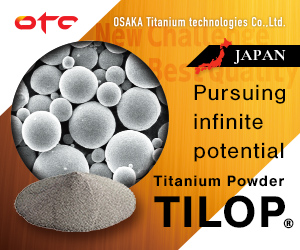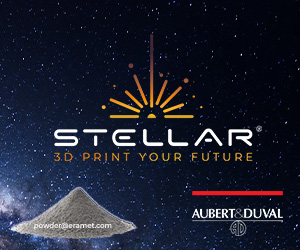GE Additive Arcam EBM launches development material support for pure copper and highly alloyed tool steel
November 19, 2019
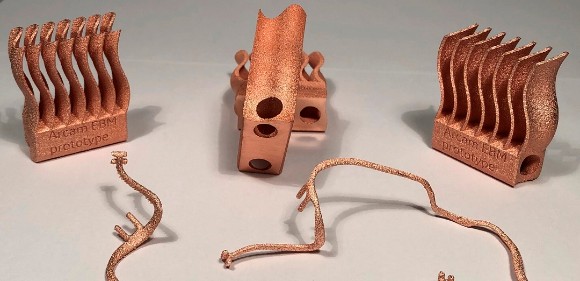
GE Additive Arcam has announced general release of development material (D-material) support for pure copper and highly-alloyed tool steel during 2020. Offered to all customers as a general release on both pure copper and tool steel, a D-material is said to describe the maturity of process parameters for a specific material or family of materials. D-materials meet mechanical requirements for test bars on a limited build envelope to relevant industrial standards.
Obtaining the same properties for complex geometries requires additional development, the company stated, resulting in an industrialised material (I-material) – with process parameters optimised for production on specific customer applications with mechanical and chemical properties.
It was added that the GE Additive AddWorks team would be available to provide guidance and support on the right process parameters for their applications, and with mechanical and chemical requirements for both materials. It was also added that some customers will manage customisation in-house themselves.
“This general release of D-material support for pure copper and tool steel is an exciting development and opens up EBM to wider range of industries and applications. We have opted to take an open, collaborative approach and will review feedback from customer using the D-material, and gauge their long-term interest, before considering how we approach industrializing the materials,” stated Karl Lindblom, general manager, Arcam EBM.
GE stated that EBM is the only commercially available technology for Additive Manufacturing of crack prone alloys. Higher levels of carbon in the steel mix increase the material’s propensity to crack during production with large temperature gradients. This, they state, makes high carbon level steels unsuitable for Additive manufacturing process with cold ambient temperatures such as laser powder bed fusion (L-PBF).
Copper’s ability to absorb energy varies with the wavelength of the energy source. Pure copper absorbs 80% of the energy from an electron beam, compared to only 2% of the energy from a red laser beam. This provides EBM with an advantage in terms of the ability to melt and ultimately productivity gains.
The ability to produce unique, complex geometries in pure copper without compromising the high electrical, or thermal conductivity is ideally suited to a range of sectors, including the automotive industry, or customers looking at applications for electrical connectors, induction coils and heat exchangers.



